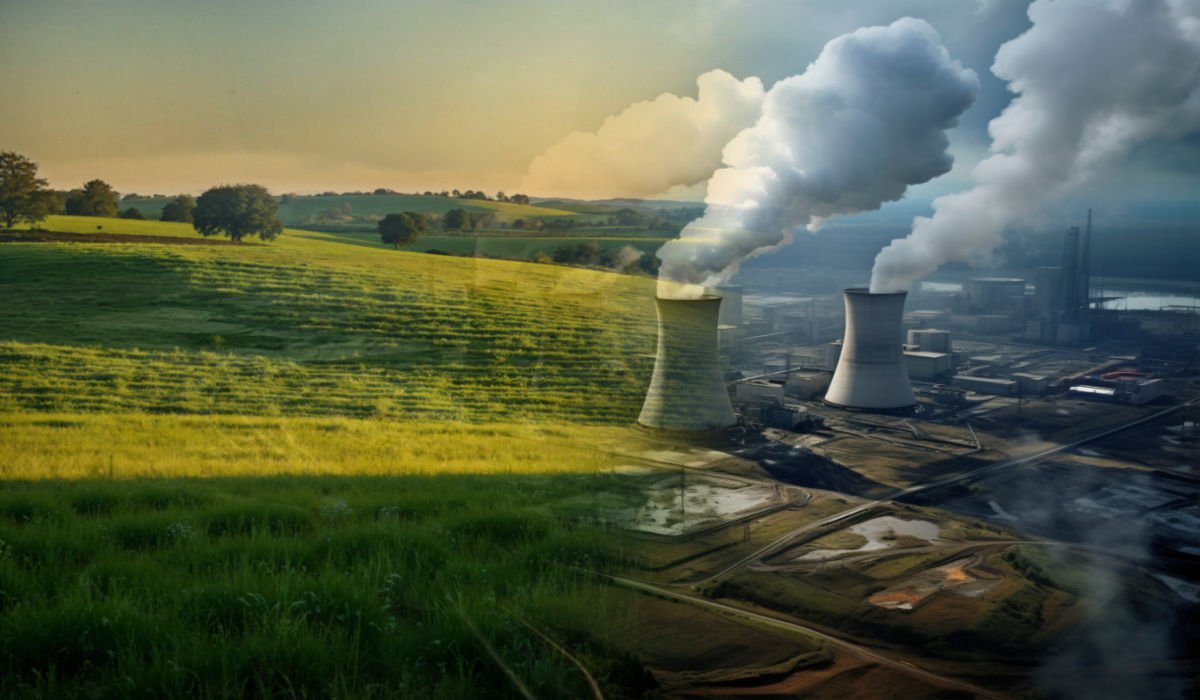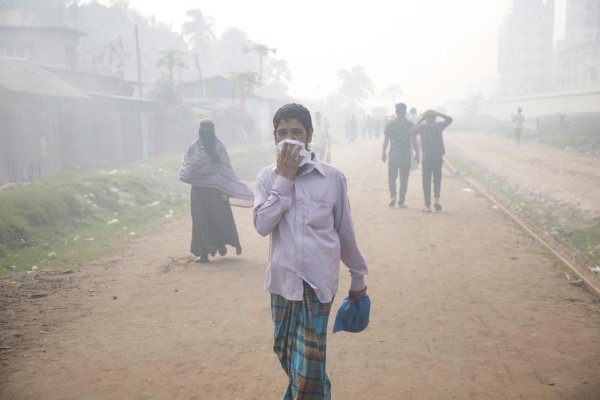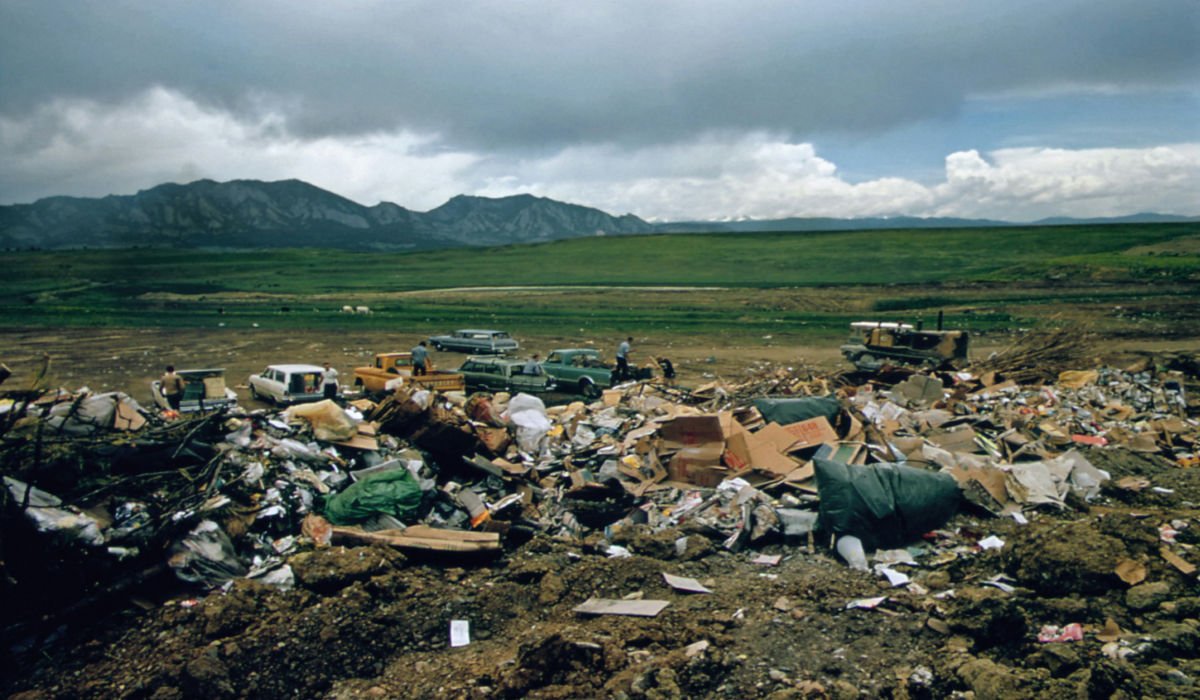Why did it get this way?
How did we end up treating the planet like one big rubbish bin? And why did people let things get so out of hand? All the gloomy forecasts and angry rants about our trashed environment don’t fix anything. Only by finding the real cause and doing something about it will we get any relief.
We usually point the finger at two things—modern technology, with its factories and fast travel, and the population boom. Those are the loud, obvious culprits. But there’s something deeper at work.
Let’s take a look at what’s been going on and just how far down the trouble goes.
Out with Farming, In with Factories
Most experts tie the pollution problem to the Industrial Revolution, which kicked off over two centuries ago, in the mid-1700s. Before that, most folks were farmers. They grew their own food, made their own clothes, and even made their own furniture. Villages and towns were where you traded or picked up things you couldn’t make yourself.

Craftspeople worked from small shops or their homes, making metal tools, printing books, and producing higher-quality goods. Farmers swapped their wares for these or sold them to traders who shipped stuff out for foreign goodies.
What shook things up? Money and science, sure, but it was people’s hunger for an easier life that really turned up the heat!
As we find in the 1970 edition of The World Book Encyclopaedia, “The force that brought science and money together was probably the growing demand for the conveniences of life.” At first, people just wanted the basics—better tools, nicer clothes. . . but once the machines got rolling, wants grew even faster than the products.
Spinning machines, weaving contraptions, steam engines and iron smelters didn’t come cheap. Only the wealthy could afford to buy and run them. These investors whipped up factories, hired workers, and poured cash into their new empires. They expected rich returns.
As factories grew, people left farms and small workshops behind and became factory workers. Factories huddled together in towns to save on fuel and hire cheap hands. You can see where the pollution story starts.
Machines got faster and fancier, chewing down fuel and spitting out more products. Handmade goods lost their place. People who clung to older ways found themselves pushed out or gobbled up by the growing factories.
The steam train and, later, petrol engines made it easy for factories to move goods near and far and bring in resources from every corner. Big businesses boomed; small companies fought to keep up or disappeared.
Newspapers and politicians called this “progress”. But all that progress came at a steep price—our environment took a beating.
Dirty Factories, Broken Land
Factories in growing towns snapped up prime sites by rivers and ports. They dumped their waste right into the water or piled it nearby. One factory could pump out as much filth as a whole town of 100,000 people. Mines dug deeper, ripped open hills, and left behind ugly scars stretching miles across. Oil drilling soon added more trouble. Train tracks sliced up hills, and blaring steam engines rolled into city centres, bringing smoke and grit.
At first, people thought all this was thrilling. By the time the excitement faded, everyone had no choice but to get used to the pollution.
Fossil fuels like coal, petrol and paraffin sped up industrial growth. They packed more punch than wood or plant oils, but they didn’t burn clean. They unleashed clouds of gases—carbon monoxide, sulphur oxides, hydrocarbons, and nitrogen oxides—plus solid gunk. One smokestack or chimney might go unnoticed. But multiply that by thousands, and we started gasping.
Incidents in places like the Meuse Valley in Belgium (1930), Donora in America (1948), and London (1952) proved deadly. Stale air and fog trapped poisonous fumes, making people sick or worse. In Donora, nearly half the town fell ill after three days of smog. Dirty air in London killed 4,000 extra people over just two weeks. Now millions in big cities cough and wheeze, battling lung problems and shorter lives.
We have to include farming and war in this mess. Farms, short on workers, began using machines and lots of chemicals—fertilisers, pesticides—making crops bigger but pollution worse. War tech, especially nuclear bombs, added radioactive nasties. Over 400 nuclear blasts exploded from the end of World War II to 1963, and hundreds more went off underground after that. Defoliants wiped out massive forests, especially in Southeast Asia.
More People, More Pollution
Earth’s population crawled to one billion by 1850, hit two billion by 1930, and now sits at 3.6 billion. It’s set to double in the next three decades. Cities absorbed most of this surge. Back in 1740, all of England had just over 6,000,000 people. Today, London alone tops that.
This “population explosion” gave big industry an even bigger kick, fuelling larger factories and endless production. More people meant more power use in factories, homes and transport. Cities kept swallowing farmland, and what was left either got poisoned or farmed into ruin. So food was hauled in from farther away.

People tried to escape city decay by moving to the suburbs, but that just meant more cars and even more pollution. Roads have paved over nature, with Time magazine noting that “each year the U.S. alone paves over 1,000,000 acres of oxygen-producing trees.” In São Paulo, Brazil, green space per person has shrunk to half a square yard. Airports spread their sprawl, scraping up more land and adding to the thick air.
For a while, we made some progress cleaning up certain city neighbourhoods. Manchester in the 1840s had just one toilet for every 212 people—not exactly posh. But now, environmental grime clings not just to city slums but to the whole planet—land, water and air.
The Birth of the Throwaway Society
Big industry needs non-stop buyers. Early on, factories often made more than anyone wanted, leading to busts and layoffs. Unlike old-school craftspeople—who could switch trades or tend a garden—mass production didn’t know how to hit pause.
A growing population helped, but even billions of us couldn’t satisfy industry’s hunger for endless “growth”. So manufacturers worked hard to make us want more. Advertising pounded us with messages, new styles and tweaks made last year’s stuff look shabby, and we learnt to replace things long before they broke. “Planned obsolescence” meant products were built to die young, turning cheap and disposable into a business model.
This is how we landed in a “throwaway” culture, where nearly everything gets binned after a short life. Changing these habits would flip economies upside down.
So here we are, stuck with a giant, tangled mess. It crept up slowly, generation after generation, but it all comes back to one root cause. What is it? Pull up a chair; you might want to hear this.







